There’s probably no better way to learn about a person than to visit their home. Getting a glimpse inside someone’s personal spaces often reveals their interests and passions, what gives them joy, how they spend their time (and money), and what is most important to them. You might even discover a few skeletons if you look in the right closets. Which is exactly what Henk and I discovered when we were visiting Monticello, the home of Thomas Jefferson, America’s third President and principal author of the Declaration of Independence. Along with an appreciation for the grandeur of this elegant home located just outside of Charlottesville, Virginia, we also gained new insight into Jefferson the man.
A UNESCO World Heritage Site in Charlottesville
Visiting Monticello is without a doubt one of the main reasons why so many people come to Charlottesville. Even as Canadians, Henk and I were more than curious to see the estate that one of the United States’ Founding Fathers called home, not just because of the historical significance of its owner, but because of the architectural significance of the building itself. These factors and more have helped earn Monticello (along with the University of Virginia campus in Charlottesville) a UNESCO World Heritage Site designation.
Building Monticello: a 40-year Work in Progress
Jefferson actually acquired the Monticello estate (Italian for “little mountain”) the old-fashioned way that most aristocrats did in the 18th century: he inherited it from his father, who had purchased the 5,000 or so acres in 1735. Although his father’s home was in the nearby valley, it was Jefferson’s idea to position his new home on the top of the mountain that he had explored as a young boy, which required a fair amount of road-building, terrace construction and levelling of the land before construction of the house could even begin. And it turns out that Monticello wasn’t a one-and-done dream home building project; a serial renovator, Jefferson dramatically added to and altered the home, with two major re-designs to the home’s exterior based on his own personal love of architecture.
Jefferson the Self-Made Architect
Not having studied much of the man myself, I didn’t realize that Thomas Jefferson was a huge fan of European architecture, a passion he acquired during his many travels and multi-year residency in Europe. So great was this passion that he effectively became an architect himself (albeit without any formal training) and took advantage of every opportunity to design and build classically-inspired structures like the old-world ones he admired so much. That opportunity was Monticello, of course, which was both his creative canvas for architectural design, and the money pit that eventually bankrupted him after 40 years of continually renovating and reimagining this ‘essay in architecture’ as he referred to it.
Monticello: Act 1
The first version of Monticello that Jefferson built was a two-story house with doubled porticoes supporting a pediment, a classically-inspired design that borrowed from both English and Italian architectural sources (16th century architect Andrea Palladio being one of these).
Of course the house was only the beginning, and Jefferson needed to construct a whole village of gardens, domestic structures and outbuildings that were needed to serve the household and its staff, including dairies, laundries, kitchens, stables, etc.
Ingeniously, Jefferson made use of the natural topography of the hilltop property to hide much of this infrastructure by ‘burying’ buildings into the slopes so they wouldn’t be visible from the home.
Monticello: Act II
Before all of this work on the property was even completed, Jefferson began making plans to renovate the home. This time he added more rooms, a private library, grand entrance hall and more, tripling the number of rooms to 21 total. At the same time, Jefferson dramatically changed the exterior of the home as well to make it appear to be a single story, not two (as he had seen this was all the rage in France).
Altering window heights and placements in relation to floors to achieve this effect made for a few strange details inside the house, but external appearances were most important to Jefferson, so that didn’t bother him. And you have to admire the vision he had: Monticello’s Neoclassical facades give this place an elegance and permanence much like the timeless design of ancient Roman and Greek structures.
But the crowning glory of this iteration was the dome that he constructed, the first of its kind to be added to a house in America. This re-design of the Monticello’s exterior is what we see today.
FUN FACT: Monticello is actually engraved on the back of the American nickel. It’s that important. (And now that I know I will never look at a nickel the same way again!)
Visiting Monticello on the Highlights Tour
There are a number of tours offered at Monticello, including some that focus specifically on the second floor where the Dome room is, but we opted for the 45-minute guided Highlights Tour which would give us a great overview of the property inside and out. Plus it included access to the first floor spaces in the home which were typically the most grand.
Entering Monticello from the ‘front’ (a misnomer because as our guide explained, both sides of the house have equally impressive columned facades), we could get a sense of what guests might have experienced as we toured the foyer, Jefferson’s office/bedroom, the dining room and parlour, admiring all of the expensive old-world details and design elements that Jefferson had invested in the house.
Jefferson the Tech Geek
While touring the European-inspired interiors of Monticello, what surprised me most was how much of an ‘early adopter’ Jefferson was: he may have loved the aesthetic appeal and purity of classic design and forms, but he incorporated every modern innovation into his home that he could – from self-closing doors and remote door locks that he could operate form his bed, to a duplicating letter-writing machine that utilized two pens to produce two copies of a document simultaneously (which might have come in handy during the 86 revisions that were made to that Declaration of Independence!).
Jefferson the Slave Owner
Jefferson came from a wealthy family and as a man of means and property (10,000 acres including Monticello), that meant he also owned slaves, over 600 in his lifetime in fact. Many of these men and women were deployed to work the plantation fields close to Monticello, or worked at the on-site workshops and gardens adjacent to Jefferson’s home. Another two dozen or so worked inside the house.
Not much is known about why or how these particular house slaves were chosen, but some of the personal details about Jefferson’s connection to one of his slaves has come to light in recent years.
The Skeleton in the Closet
Jefferson had one very particular relationship with a slave, a woman named Sally Hemings, with whom he fathered six children, four of which survived to adulthood. Interestingly, all of these children were freed from slavery by Jefferson either before his death or in his will, which was definitely not the normal practice and the only slaves Jefferson actually emancipated.
Apparently, Hemings and her children held an unusual position in the household as a result of a bargain of sorts that she had struck with Jefferson. Based on oral histories passed down through her descendants, when Jefferson became enamoured with Hemings, she agreed to be his defacto concubine, on the condition that any children born to her would not be enslaved. Even though she wasn’t in much of a position to call the shots, Sally got Jefferson to agree to this request, which suggests some kind of bond between them that went beyond the typical master/slave relationship. Did affection factor into this? Or was it just shrewd negotiation on Hemings part? We may never know.
All of this information was news to me, as I’m sure it would be for many Americans. Heming’s and Jefferson’s relationship and resulting progeny had certainly never been discussed on any Monticello tours until relatively recently, but today you can find a dedicated exhibit and video that features Sally Hemings, acknowledging this previously hidden part of Jefferson’s personal history.
Seems like history IS a living thing, after all, even generations after the fact.
TIP: Admission to Monticello includes a slavery-focused tour that goes into much more detail about the daily lives of these men, women and children.
Jefferson the Businessman
Despite the fact that Jefferson came from money and was endowed with plenty of resource-rich land and the slaves to work it, he didn’t seem to be very good at actually making money. Or at least spending it wisely. For all of his land and property, he couldn’t seem to make his accounts balance, which is no surprise given his expensive tastes and obsession with constantly renovating and rebuilding Monticello.
By the time Jefferson died in 1826, he was deeply in debt, so deeply in fact that his heirs had to sell Monticello and most of its contents (including 130 slaves) to try to regain some financial stability. Being a little quirky as houses go, Monticello eventually was sold for below its asking price to a young apothecary from Charlottesville named Uriah Levy, who kept it in the family for the next 89 years. Fortunately for all of us, the Levy family believed in honouring historic sites and they were responsible for preserving much of Monticello until the Federal government eventually took it over in 1923 (on the 180th anniversary of Jefferson’s birth).
ODD FACT: Jefferson died exactly 50 years to the day after the Declaration of Independence was adopted. Even more strangely, John Adams (another signator and the second President of the United States) died that exact same day.
The Man Behind Monticello
Visiting Monticello wasn’t just a peek into an extraordinary home, but into the mind and the life of the man who built it. Thomas Jefferson may be known in history books as one of America’s Founding Fathers, and for his role as third President of the United States, but it was even more interesting to learn about Jefferson the renaissance man of Monticello.
At his home we were introduced to Jefferson as a world traveller and avid collector, a passionate self-made architect with an eye for classical beauty and harmony, a lover of innovation and technology, and – if home is where the heart is – perhaps even an infatuated lover to Sally Hemings.
TIPS FOR VISITING MONTICELLO
MUST-DOS: The David M. Rubenstein Visitor Centre
Admission to Monticello gives you access to its Visitor Centre, and it is definitely worth it to spend some time here. We recommend you come early before you visit the estate because there are a couple of interesting videos and presentations that provide historical context for visitors.
The museum also has numerous personal items belonging to Jefferson, and information relating to the construction and design details of Monticello.
There are also original documents and sketches made for the University of Virginia in Charlottesville, which Jefferson also designed as an ideal ‘academical village’.
And you will definitely want to see one of the original copies of the Declaration of Independence (this is one of less than 50 that have survived from the original 201 copies that were made).
SHUTTLE UP, WALK DOWN
There is a free shuttle that brings visitors up from the visitor centre to the entrance of Monticello where staff will direct you where to wait for your particular tour. It’s not a long distance, but it is uphill, so I would suggest you save your energy going up, and walk the tree-lined path down instead. This will also take you past the graveyard, where you can see Jefferson’s grave.
COST
Our Highlights Tour cost $42 per person and runs every day in the morning and early afternoon. Advance booking is recommended. More details of other tours, their cost, etc, can be found on Monticello’s website.
SECURITY
Allow at least 30 minutes before any scheduled tour to get through security (they will politely check bags) and to catch the shuttle. Allow at least another 30-45 minutes if you plan to visit the museum first.
Special thanks to Virginia Tourism who hosted Henk and I on our tour of Monticello.

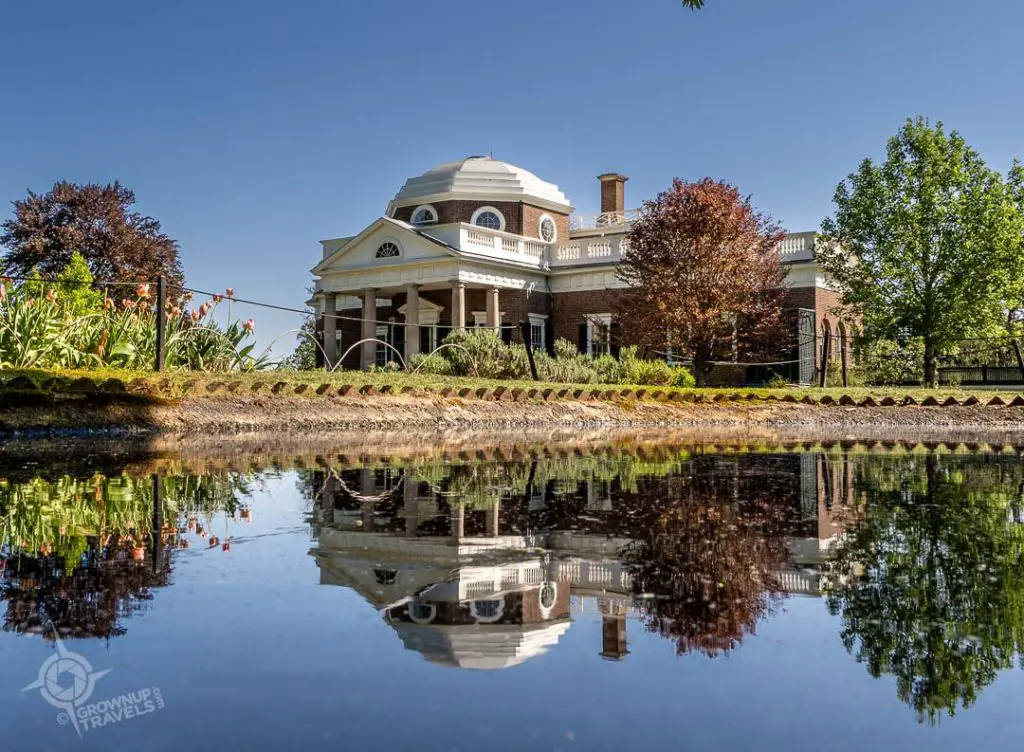
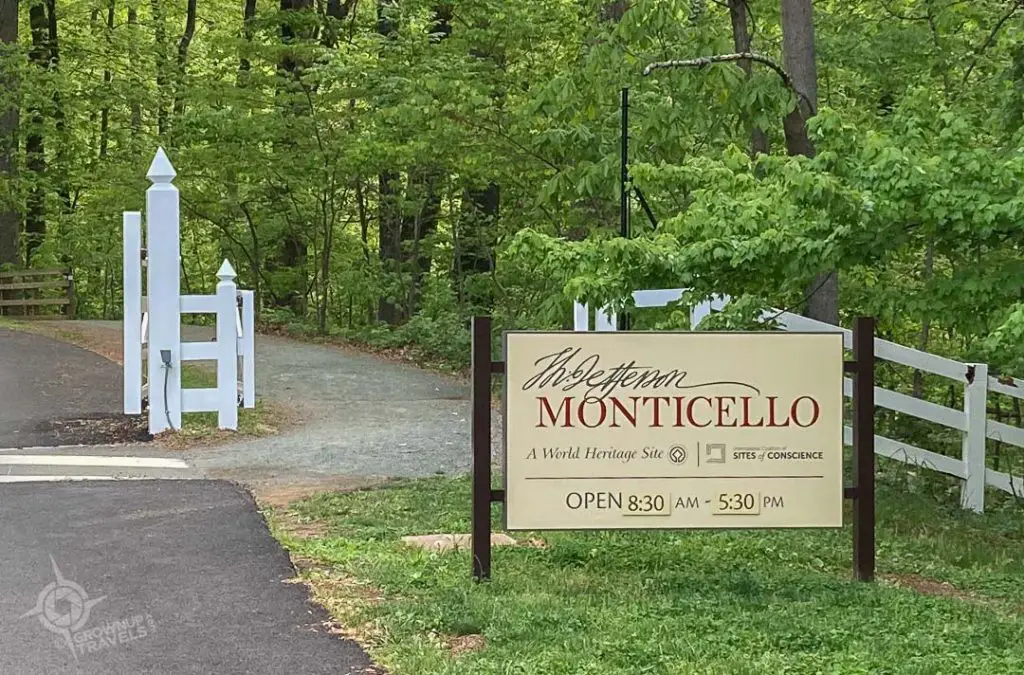
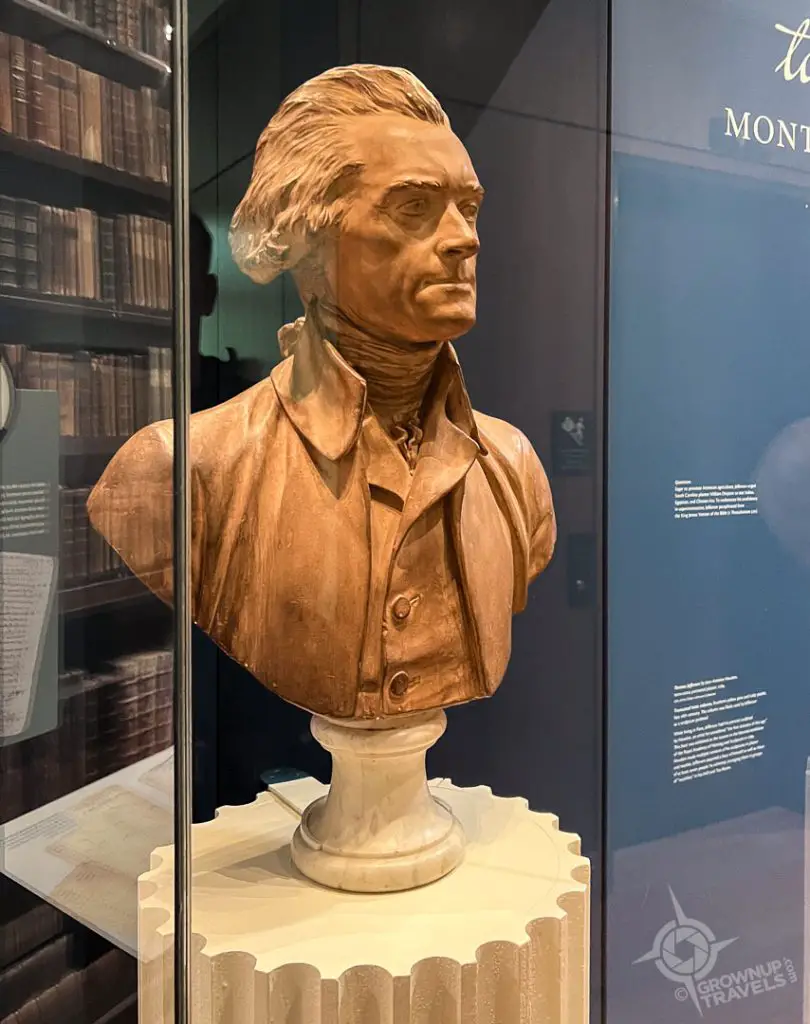
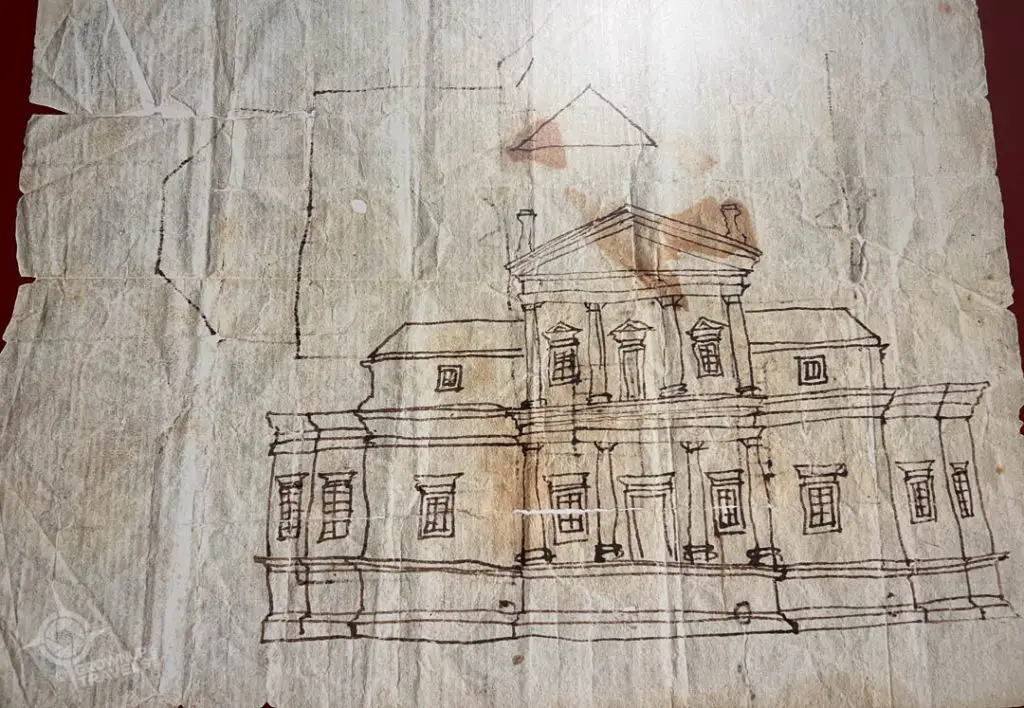
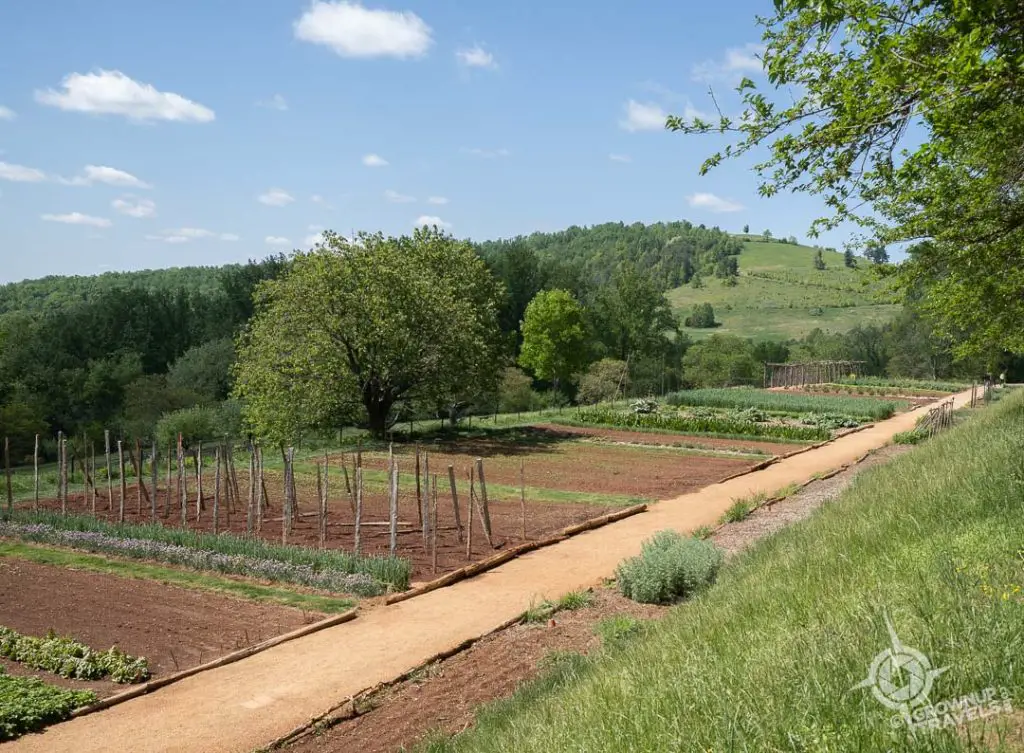
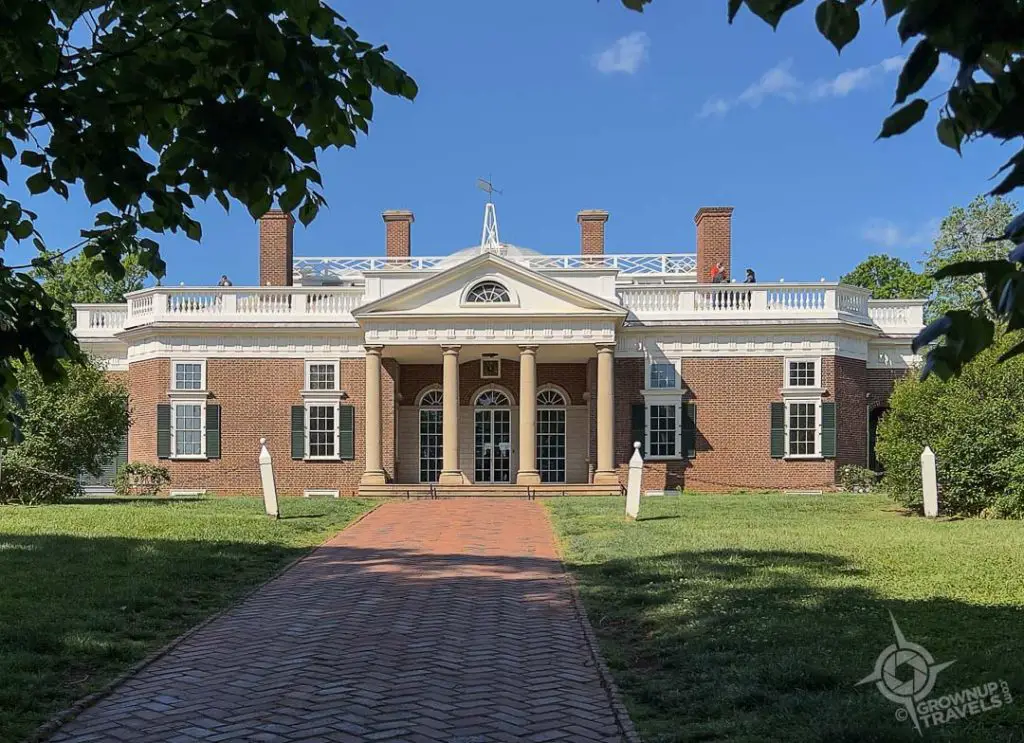
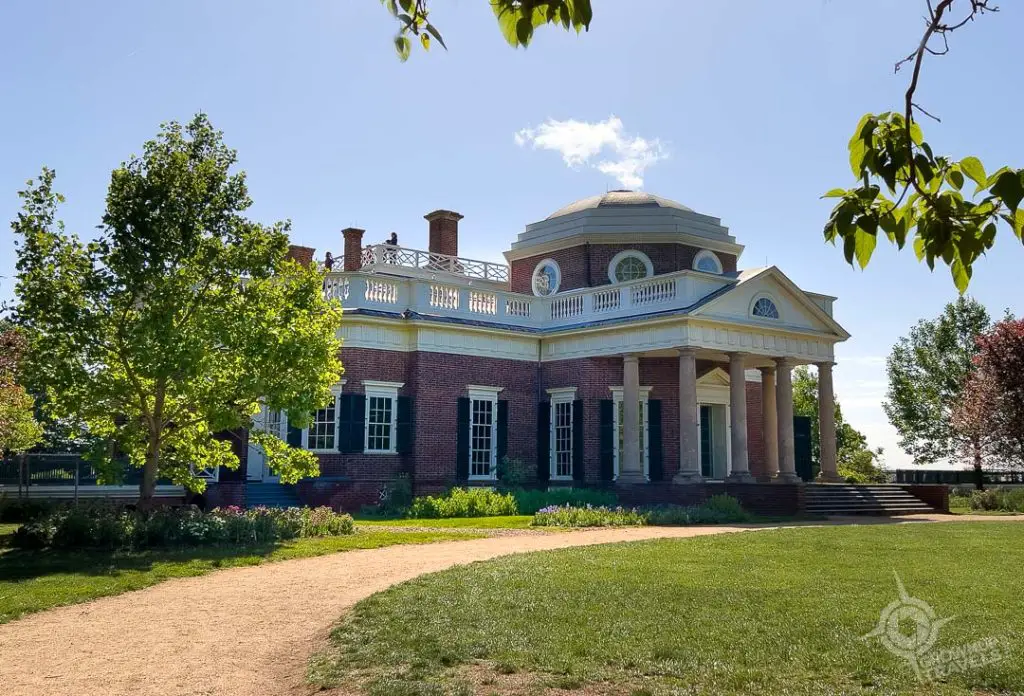
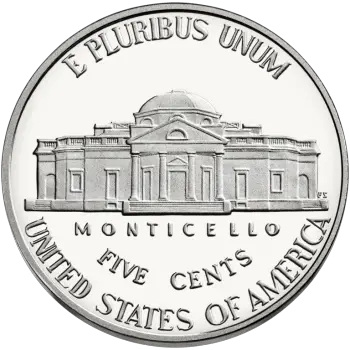
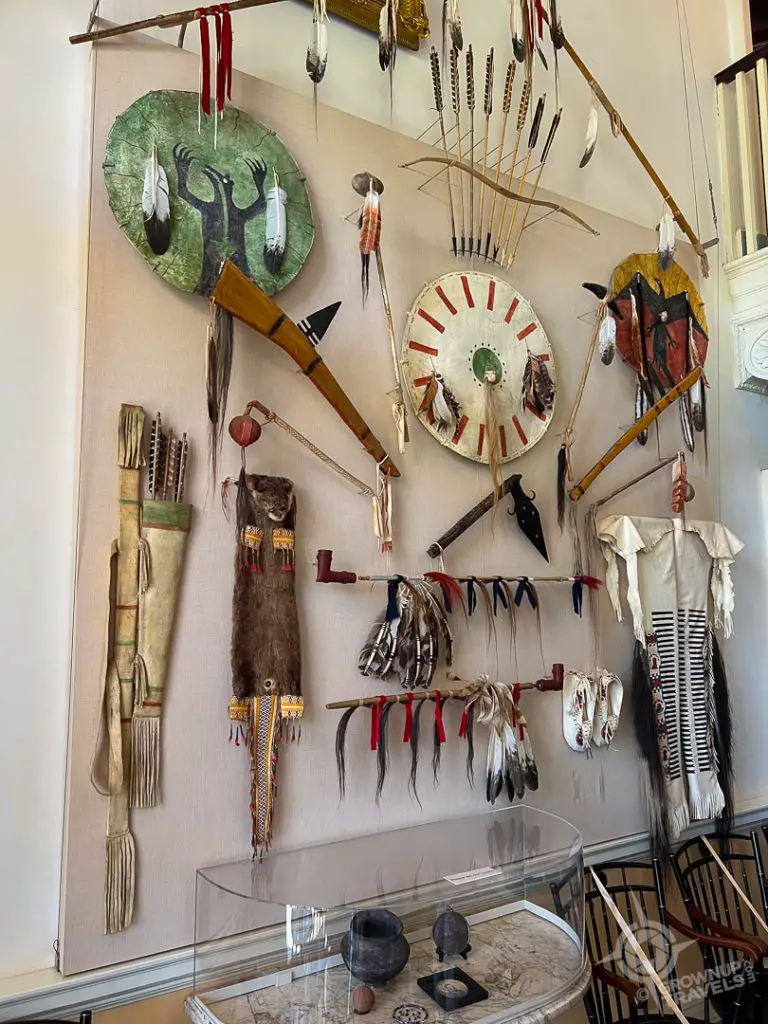
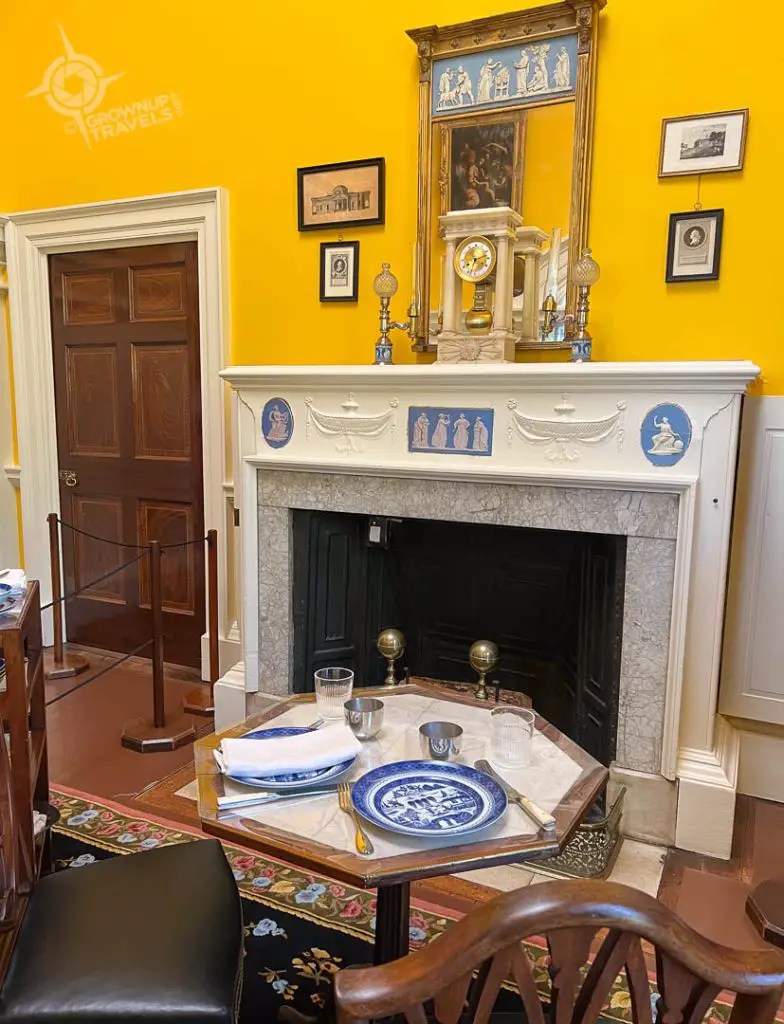
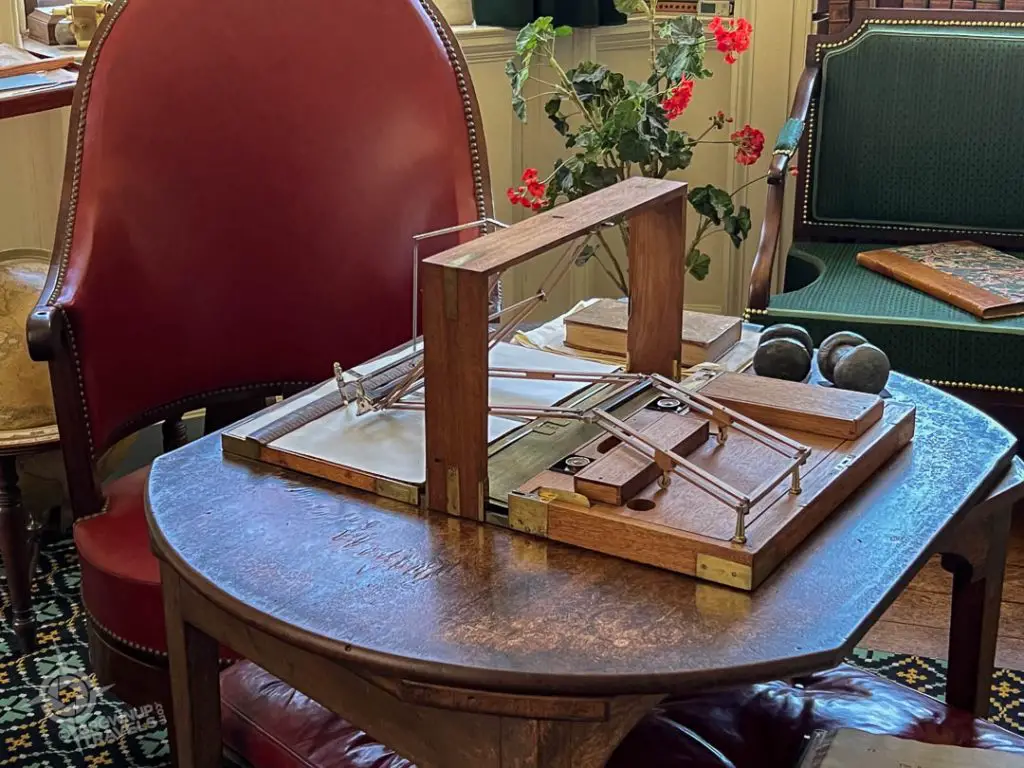
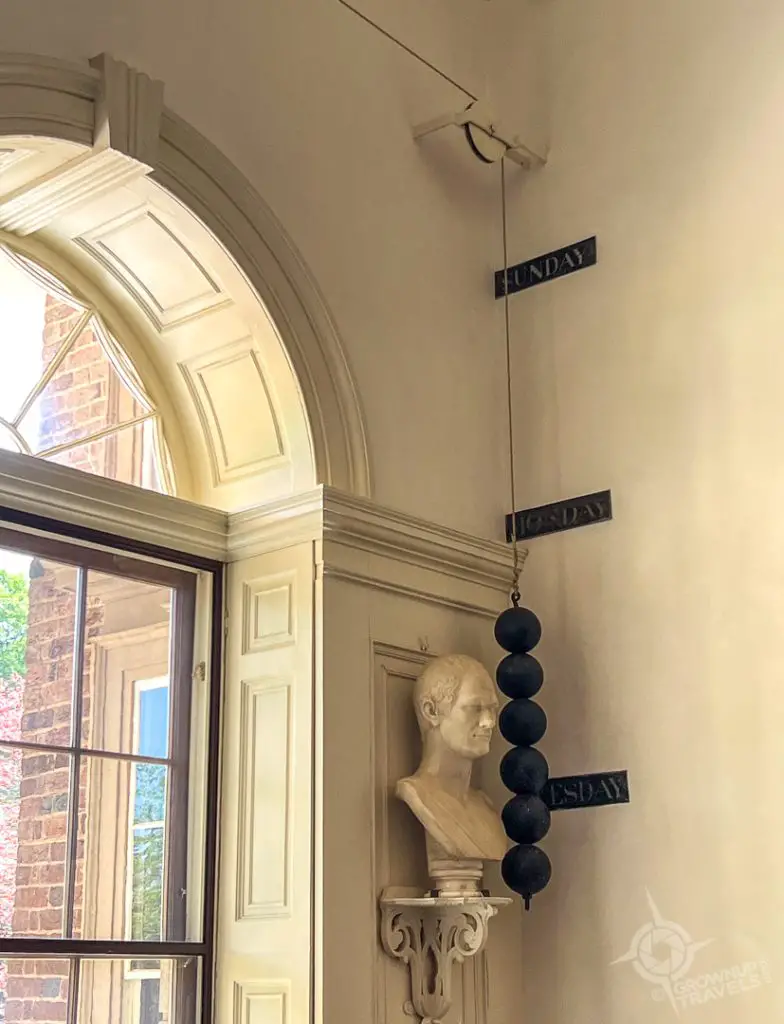
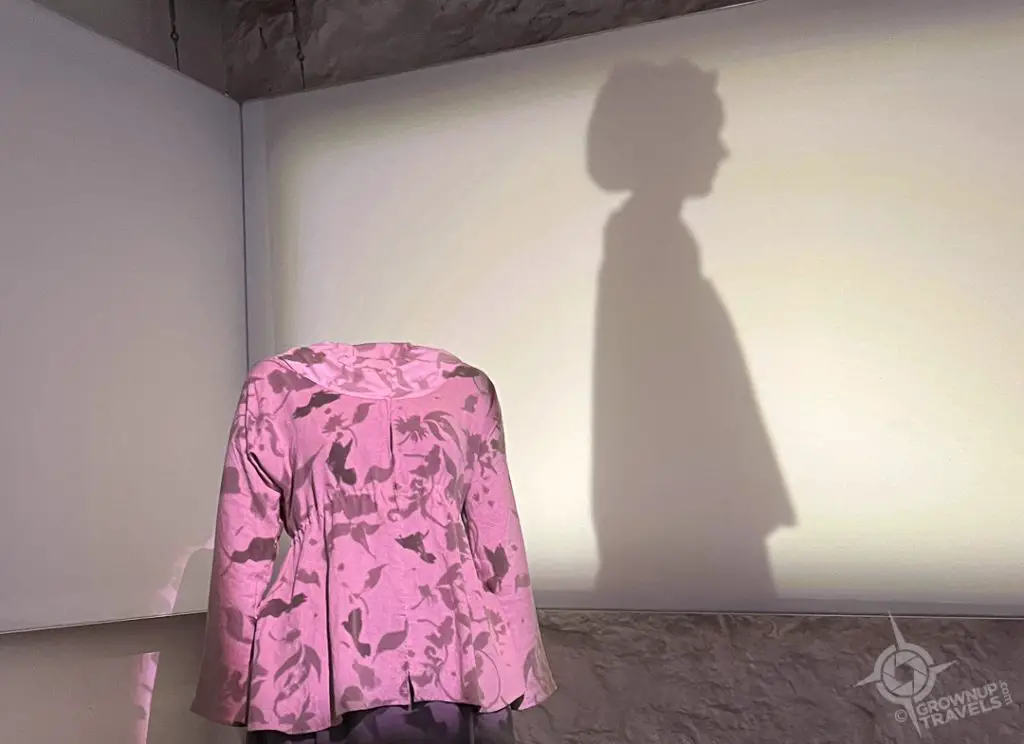
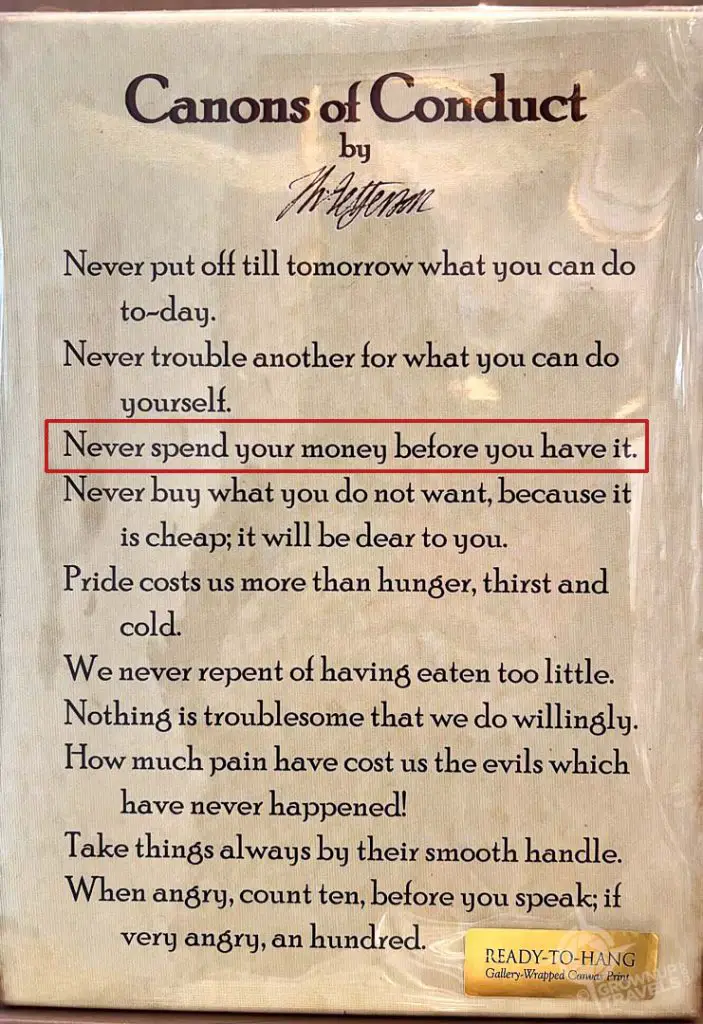
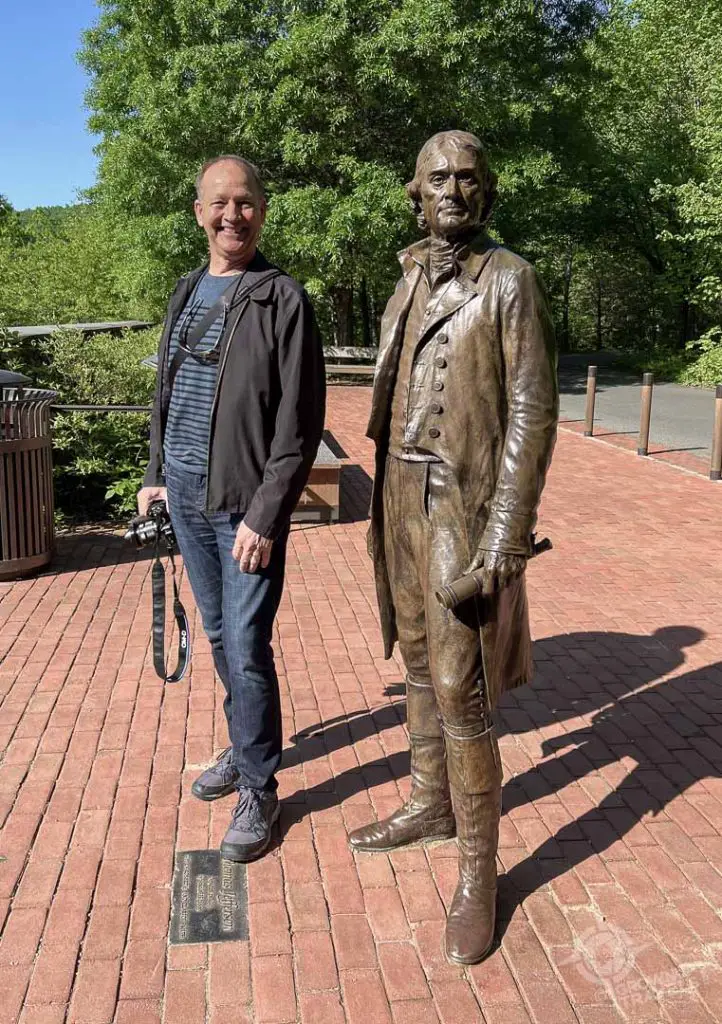
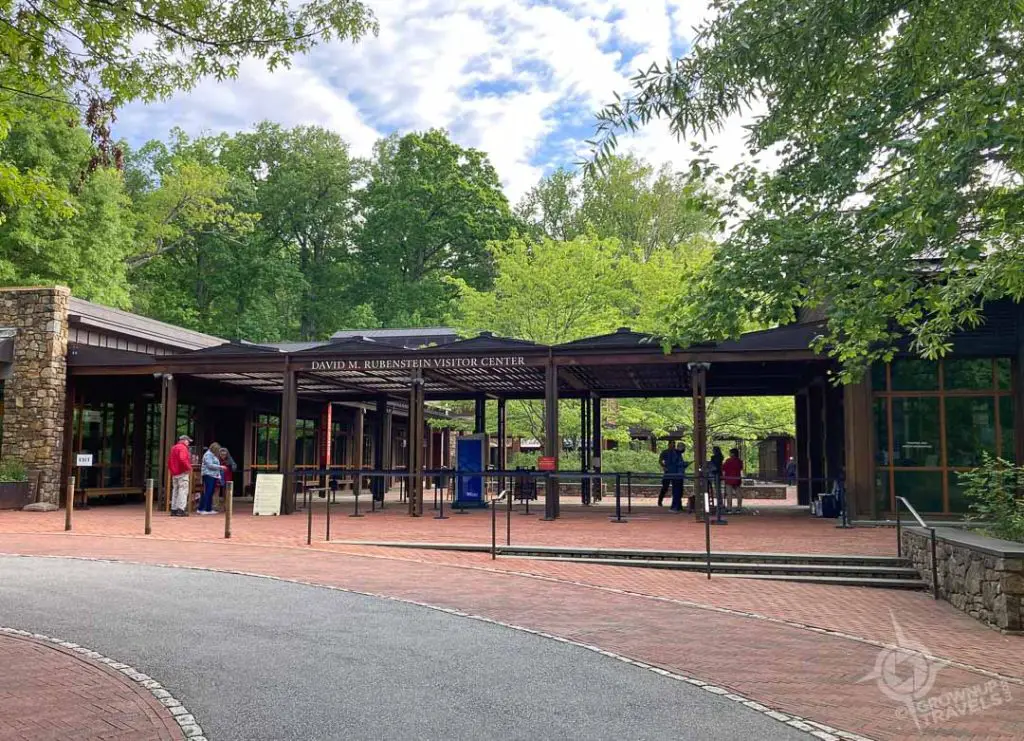
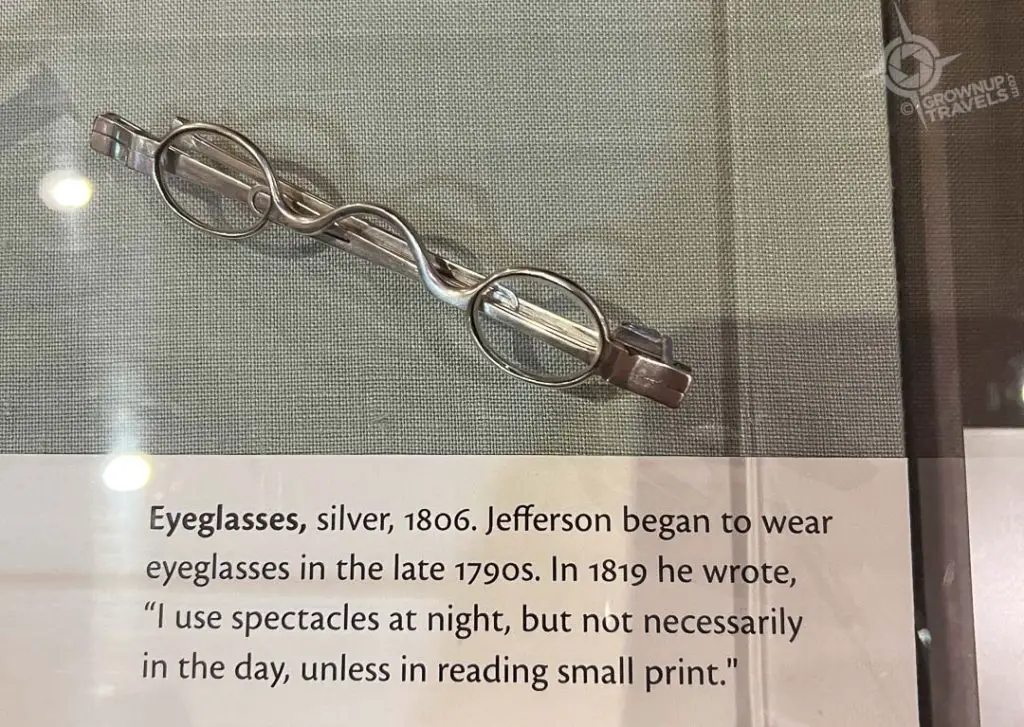
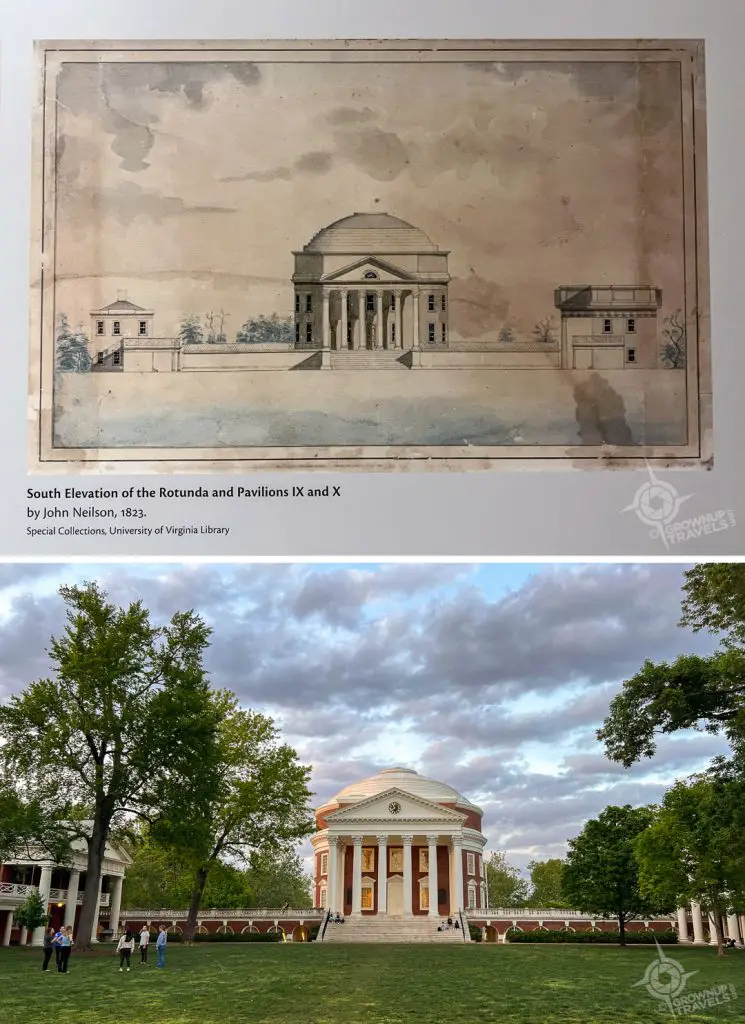
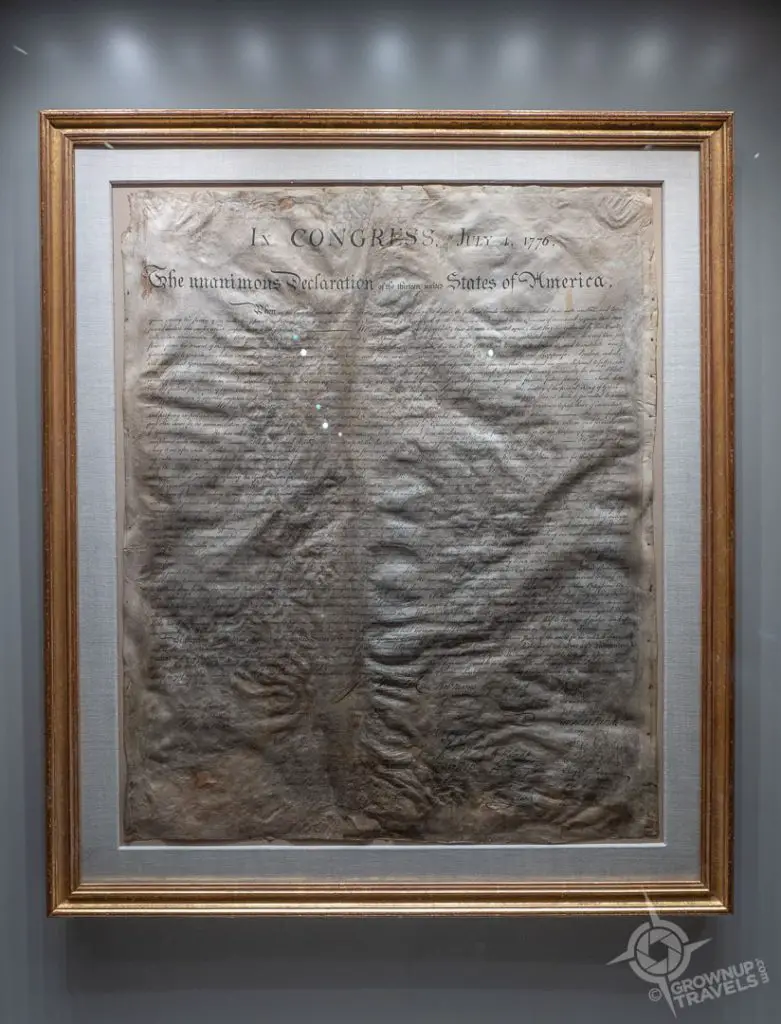
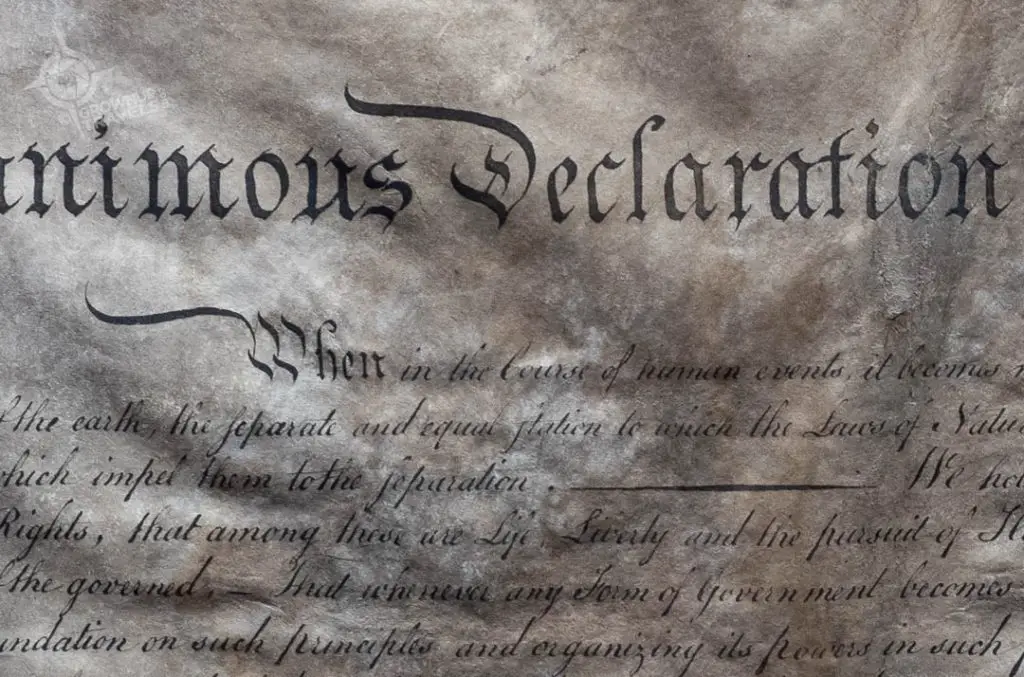
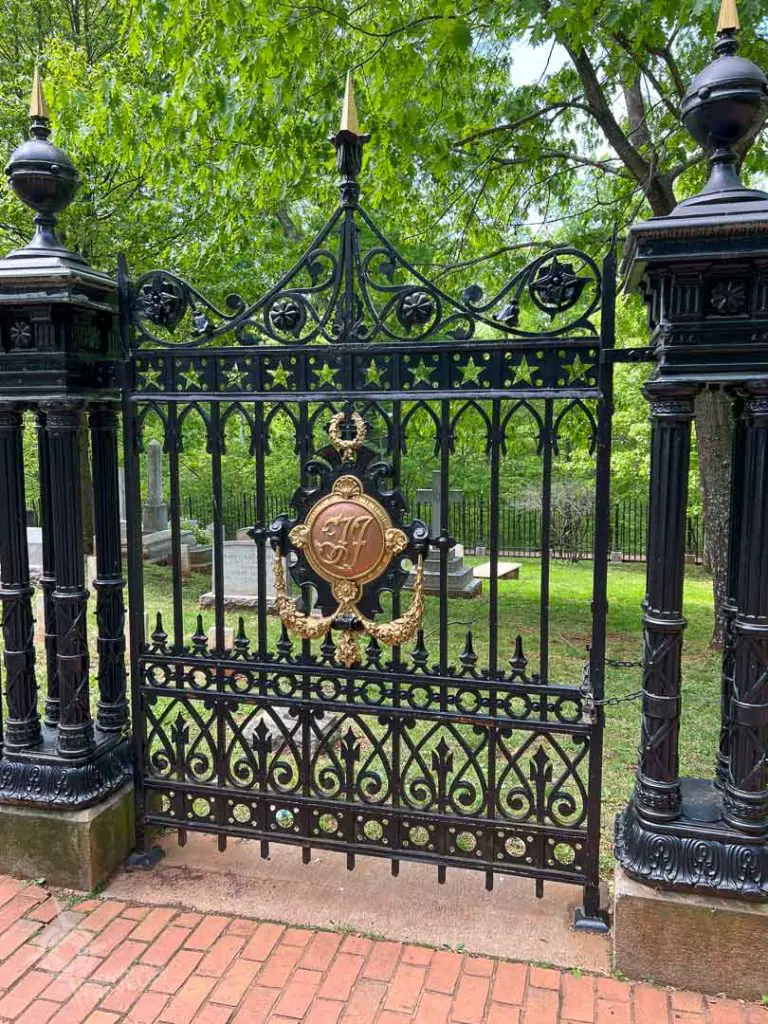
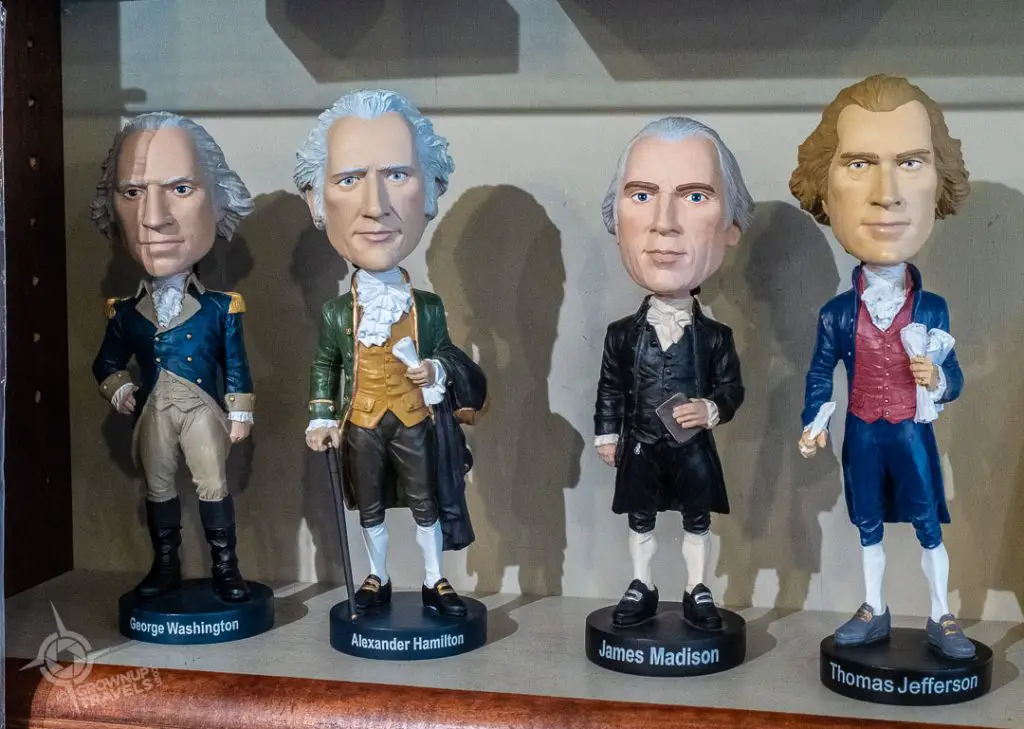
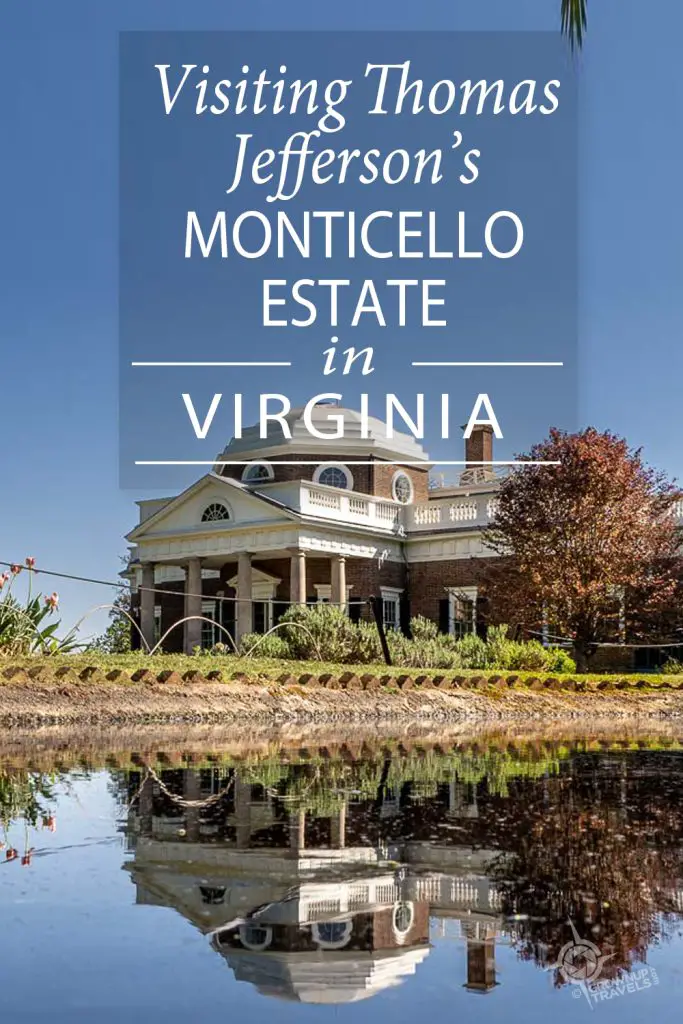


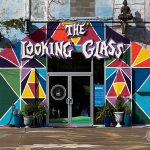
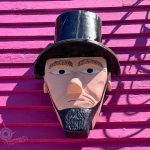
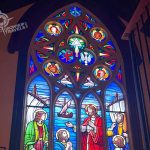






Subscribe and you'll never miss an update!
Join our mailing list to receive the latest news and updates from Grownup Travels. (We keep your email STRICTLY private)
Thank you for subscribing to Grownup Travels!